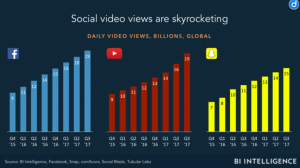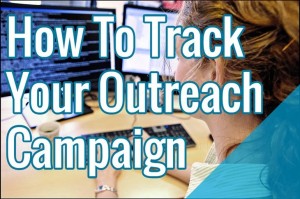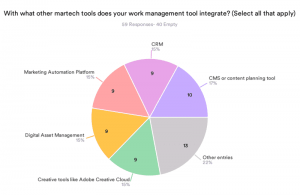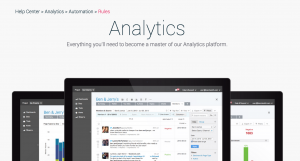
So you send out an email campaign, sales go up and everyone is happy. Out goes another and the same thing happens. But how is this uplift occurring and what is really happening behind the scenes with your database? This blog takes a look at how email marketing really works and identifies more effective ways of measuring it.
Your brand name in inbox
The vast majority of marketers measure revenue by looking at those who have clicked on your email and gone on to make a purchase. However, by relying on click to purchase tracking, you are saying the only influence an email has had is if they click your nice big call to actions.
This isn’t the case, as simply seeing your brand in the inbox has an influence. For a start, this can act as a reminder that you exist and provoke a reminder to the customer that they need to order from you. Some of our clients note they see a peak of PPC traffic for brand terms on the day that they send their emails. Not everyone will go down that well planned out funnel you have defined and, as a result, direct, PPC and natural search, as well as potentially cash back affiliates are stealing the sale from email.
Run a Control Cell test
To get an understanding of what email really drives, we need to run a control test. Send say 90% of your list the email but hold 10% back. Then measure how many of the recipients purchased within a timeframe to work out your purchase rate for both the test and control cell. The difference in purchase percentage is the incremental uplift the email has driven, and you are almost certain to find a significant uplift.
Email is a shop window – people don’t always buy what you put in email
In a retail environment, retailers will put certain items in their shop window to lure customers in. However, they know there is a high chance that the customer will buy a different product within the store instead. The same applies for email on the whole. Customers may like the products displayed to them, however, they may well find something more specific to their taste when browsing through your website. This also highlights the importance of including call to actions to category pages and generic parts of your site.
What is the cost of every email?
As mentioned earlier, an email campaign is sent out and we see a spike in sales. But what is the cost of every email? I don’t mean the costs of creating and delivering your email with your ESP, but the cost in terms of unsubscribes and engagement. Each email you send is likely to have a consistent number of unsubscribes, so if you send twice as many emails, you may lose twice as many subscribers from your list.
However, there is probably more impact on engagement. If there is little value or no relevance in what you are delivering to your customers, then the decision is soon made to stop opening your emails. Then when you do actually have something of value to offer, these unengaged customers are likely to miss these communications altogether. This really highlights the need to review your email content and segmentation to make sure that customers are receiving the content they signed up for.
Digital & Social Articles on Business 2 Community(85)
Report Post







